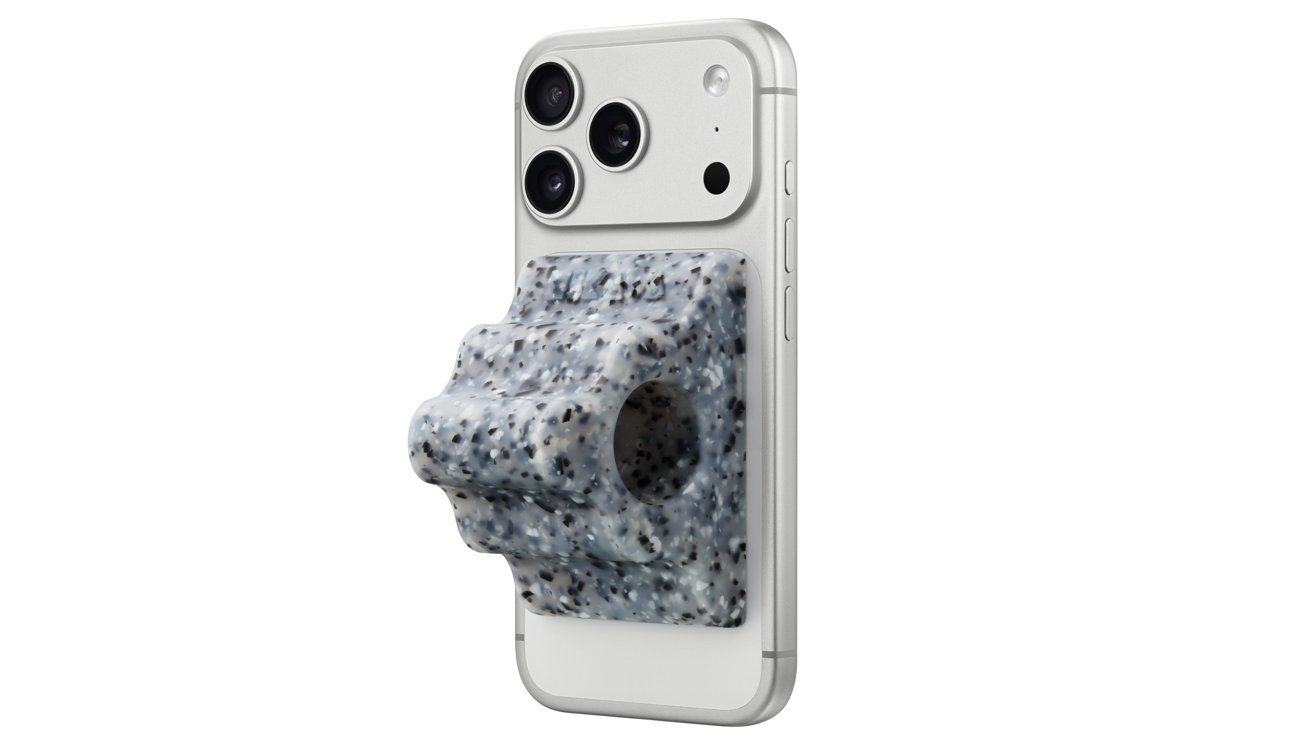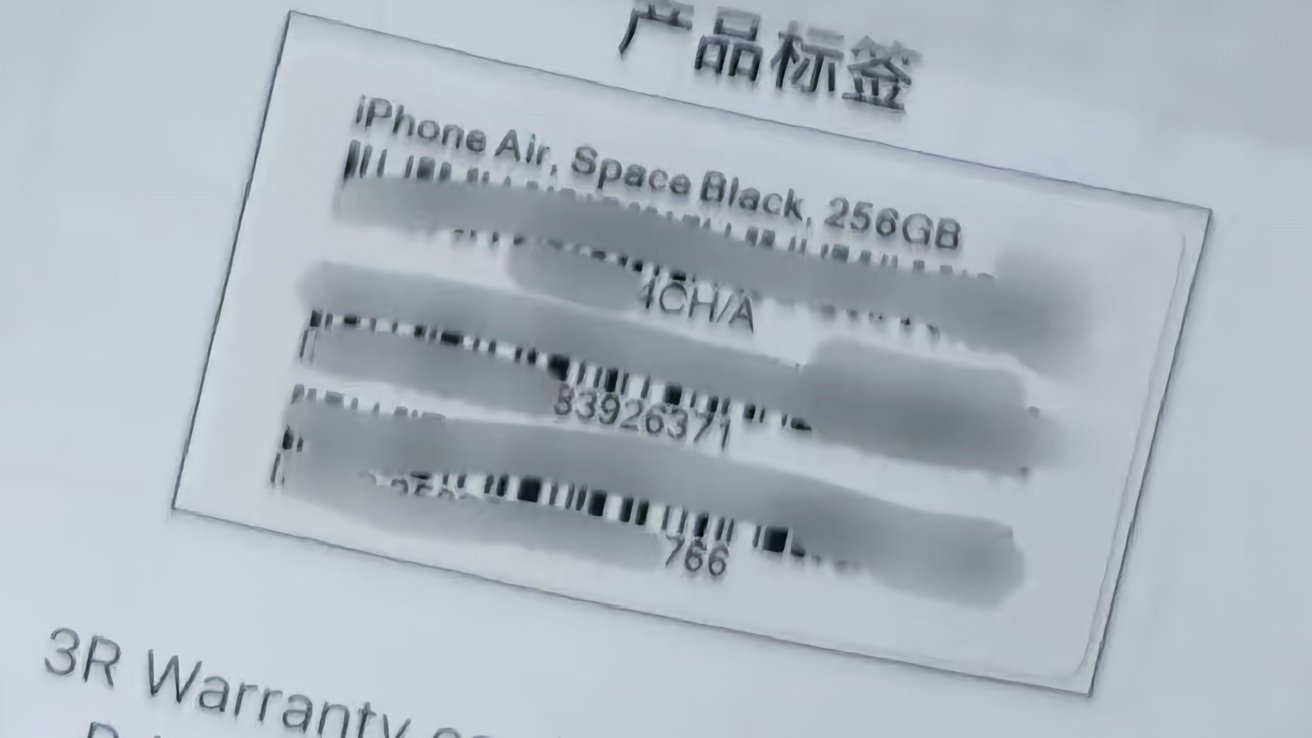The landscape of extended reality (XR) is witnessing a significant shift with the introduction of Samsung’s Galaxy XR headset. This device not only showcases impressive technical specifications but also enters the market at a price point that challenges existing norms, particularly when compared to Apple’s Vision Pro. This development suggests that a more affordable Apple Vision Air headset is not only feasible but likely on the horizon.
Samsung’s Galaxy XR: A New Contender in the XR Arena
Samsung’s Galaxy XR headset, developed in collaboration with Google and Qualcomm, marks the company’s ambitious entry into the XR market. Unveiled on October 21, 2025, the device boasts a range of features designed to deliver a comprehensive mixed reality experience.
Design and Comfort
Weighing in at 545 grams, the Galaxy XR is notably lighter than many of its competitors, including Apple’s Vision Pro, which weighs between 750 to 800 grams. This reduction in weight is achieved through a primarily plastic build, prioritizing user comfort during extended use. The ergonomic design includes a forehead cushion, side bands, and a rear cushion with a fit dial, all contributing to a snug and breathable fit suitable for various face shapes. ([samsung.com](https://www.samsung.com/us/business/xr/galaxy-xr/galaxy-xr/?utm_source=openai))
Technical Specifications
Under the hood, the Galaxy XR is powered by Qualcomm’s Snapdragon XR2+ Gen 2 processor, coupled with 16GB of RAM and 256GB of storage. The device features dual 4K Micro-OLED displays, each offering a resolution of 3,552 x 3,840 pixels, totaling 27 million pixels. The default refresh rate is set at 72Hz, with the capability to reach up to 90Hz, and it offers a field of view measuring 109 degrees horizontally and 100 degrees vertically. ([samsung.com](https://www.samsung.com/us/xr/galaxy-xr/galaxy-xr/?utm_source=openai))
Advanced Tracking and Security
Equipped with eight external cameras and four eye-tracking cameras, the Galaxy XR ensures precise head, hand, and eye tracking. This setup facilitates immersive 3D experiences and intuitive control mechanisms. For security, the device incorporates iris recognition technology, allowing users to unlock the headset and authenticate passwords seamlessly. ([samsung.com](https://www.samsung.com/us/business/xr/galaxy-xr/galaxy-xr/?utm_source=openai))
Integration with Google’s Gemini AI
A standout feature of the Galaxy XR is its integration with Google’s Gemini AI. This artificial intelligence system responds to voice, visual, and gesture commands, acting as a spatial computing assistant. Users can interact with the device through natural language and gestures, enhancing the overall user experience. ([samsung.com](https://www.samsung.com/us/xr/galaxy-xr/galaxy-xr/?utm_source=openai))
Pricing and Market Position
Perhaps the most compelling aspect of the Galaxy XR is its pricing. At $1,800, it is positioned at nearly half the cost of Apple’s Vision Pro, which is priced at $3,499. This aggressive pricing strategy not only makes XR technology more accessible to a broader audience but also sets a new benchmark for the industry. ([reuters.com](https://www.reuters.com/world/asia-pacific/samsungs-galaxy-xr-headset-take-apple-with-help-google-qualcomm-2025-10-22/?utm_source=openai))
Implications for Apple’s Vision Air
The introduction of the Galaxy XR at this price point has significant implications for Apple’s XR strategy. Reports have suggested that Apple is developing a lighter and more affordable version of its Vision Pro, tentatively named the Vision Air. This device is rumored to feature a thinner design, reduced weight achieved through the use of titanium alloys, and a Midnight blue finish. The Vision Air aims to address some of the comfort and affordability concerns associated with the original Vision Pro. ([macrumors.com](https://www.macrumors.com/2025/04/16/apple-vision-air-rumored-with-new-design/?utm_source=openai))
Feasibility of a Half-Priced Vision Air
Samsung’s ability to deliver a high-specification XR headset at $1,800 demonstrates that producing a device with similar capabilities at a reduced price is achievable. This development suggests that Apple could realistically introduce the Vision Air at a price point around $2,000 or less, making it more accessible to consumers who have been deterred by the higher cost of the Vision Pro.
Strategic Considerations for Apple
Apple’s current pricing strategy for the Vision Pro has positioned it as a premium product, potentially limiting its adoption to a niche market. The success of Samsung’s Galaxy XR indicates a growing demand for high-quality XR experiences at more affordable prices. By introducing the Vision Air at a competitive price point, Apple could expand its market share and accelerate the adoption of its XR ecosystem.
Conclusion
Samsung’s Galaxy XR headset serves as a compelling example of how advanced XR technology can be delivered at a more accessible price point. This development not only challenges existing market dynamics but also paves the way for Apple to introduce its own more affordable XR device. As the XR market continues to evolve, consumers can anticipate a broader range of options that balance performance, comfort, and cost.



